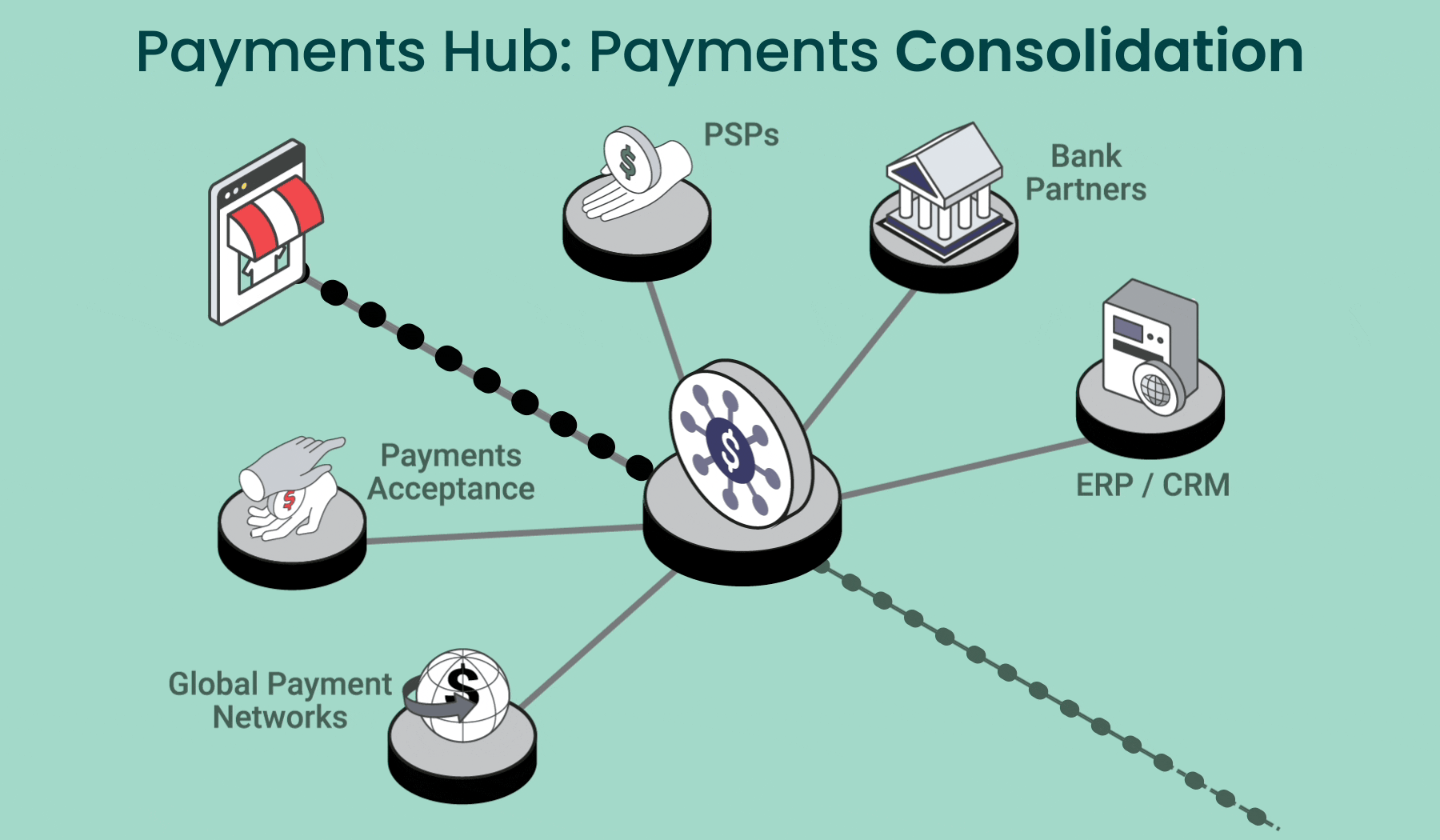A recent PYMNTS.com article spotlights a painful reality for banks: many are losing nearly $100 million annually due to fragmented payment systems, outdated infrastructure, and disjointed workflows. Their solution? Payment hubs. While hubs are a step in the right direction, solving this problem takes more than just centralizing the payment transactions, the whole payment flow should be addressed.
At Modo, we agree that banks and many enterprises beyond banking need to modernize how payments are routed, processed, and optimized. However, we’ve seen firsthand that a payment hub alone isn’t enough to address the growing complexity of today’s digital payments landscape. Here’s why.
Payment Hubs: A Necessary but Incomplete Solution
The core idea of a payment hub is sound: bring all payment channels, rails, and processes into a central platform to reduce redundancy, minimize operational risk, and streamline reporting. And for many banks, implementing a hub is long overdue.
But a hub’s traditional role has been focused on consolidation, not optimization. And misses the entire opportunity of AI to drive optimization to new heights.
Many of today’s challenges, including fraud risk, authorization rate declines, fee inflation, and customer experience gaps, aren’t solved simply by funneling all transactions through a single system. They require intelligent, dynamic orchestration powered by AI — precisely where many existing payment hubs fall short.
Orchestration Unlocks True Payments Resilience
Payments orchestration goes beyond centralization. It enables organizations to dynamically control payment flows based on a variety of conditions through the power of AI and machine learning:
- Transaction-level details (amount, currency, channel)
- Customer profiles (location, history, risk score)
- Payment providers’ performance (cost, speed, success rate)
- Fraud signals and compliance rules
- Billing system logic and preferences
With orchestration, banks and enterprises can:
- Route transactions in real time to the optimal provider
- Shift the timing, data, or process flow based on live feeds of new intelligence
- Improve authorization rates and reduce fees automatically
- Adapt to new regulations or network requirements without major rebuilds
Think of it as “programmable payments infrastructure” that works with your hub, not in place of it.
What Modo Does Differently
Modo’s approach to payments orchestration is purpose-built for large enterprises managing complex payment ecosystems. We don’t just connect providers: we enable you to build flexible payment flows that optimize every transaction.
Our AI driven machine learning capabilities include:
- Smart routing based on payment data, customer attributes, risk profiles, and billing criteria
- Fee optimization via intelligent provider selection
- Adaptive retry strategies to minimize payment failures
- Shifting between timing, data elements, and payment providers
- Prebuilt connections to key processors, banks, fraud tools, and billing platforms
Most importantly, we designed Modo to augment existing business and payment platforms, not replace them. Whether you’re already running a common payment hub or just starting the journey, Modo provides an orchestration layer that delivers flexibility and performance far beyond traditional hub capabilities.
The Road Ahead: Hubs + Orchestration
Banks are right to address the digital payments chaos with modern hubs, but the next generation of payment resilience lies in orchestration. Those that layer dynamic decisioning and routing capabilities atop their consolidated payment systems will unlock not only operational savings, but also revenue growth, customer trust, and future-ready agility.
If your organization is grappling with payments fragmentation, or if you’re considering a payment hub, we’d love to share how Modo can help you take the next step toward orchestration-enabled performance.
Contact us to learn more about optimizing your payment flows.
